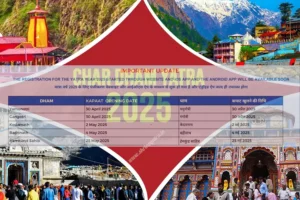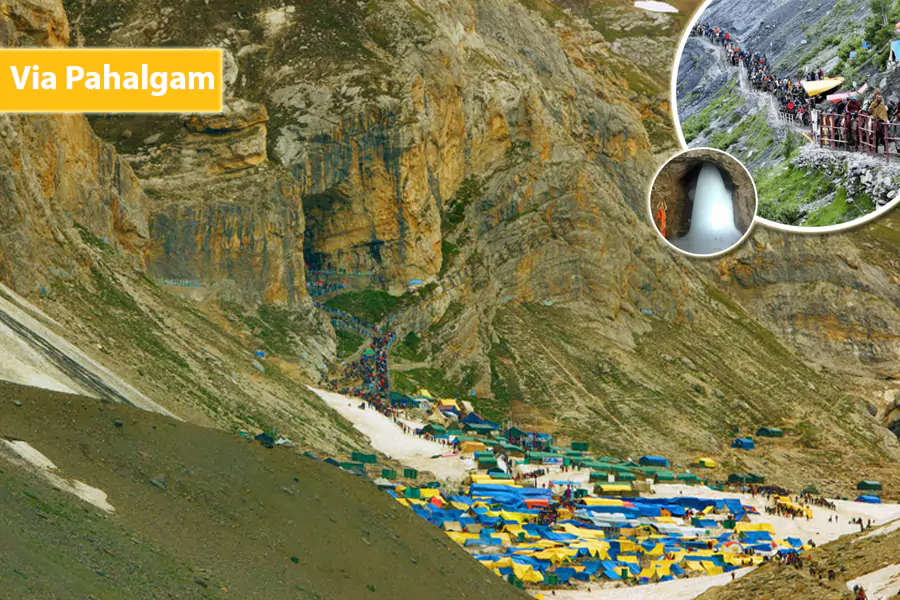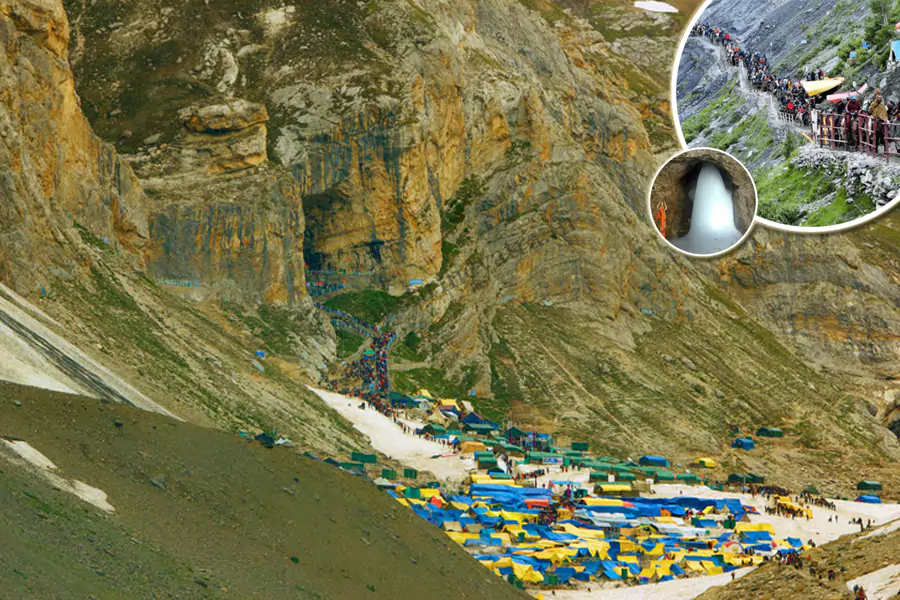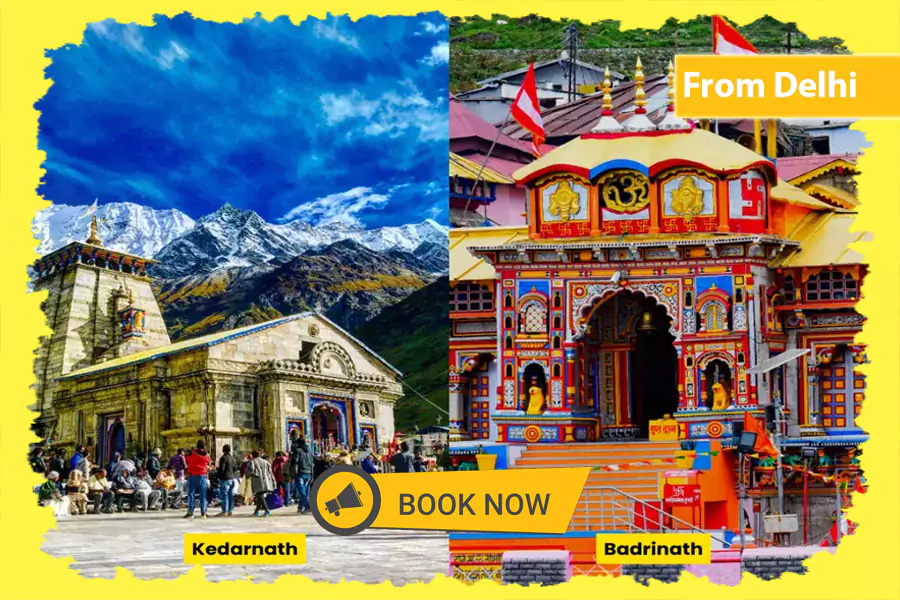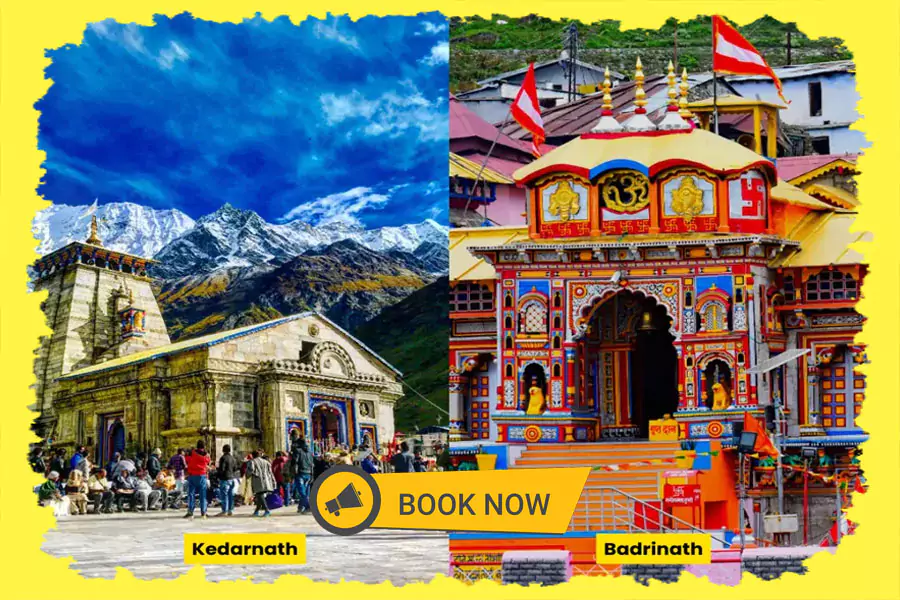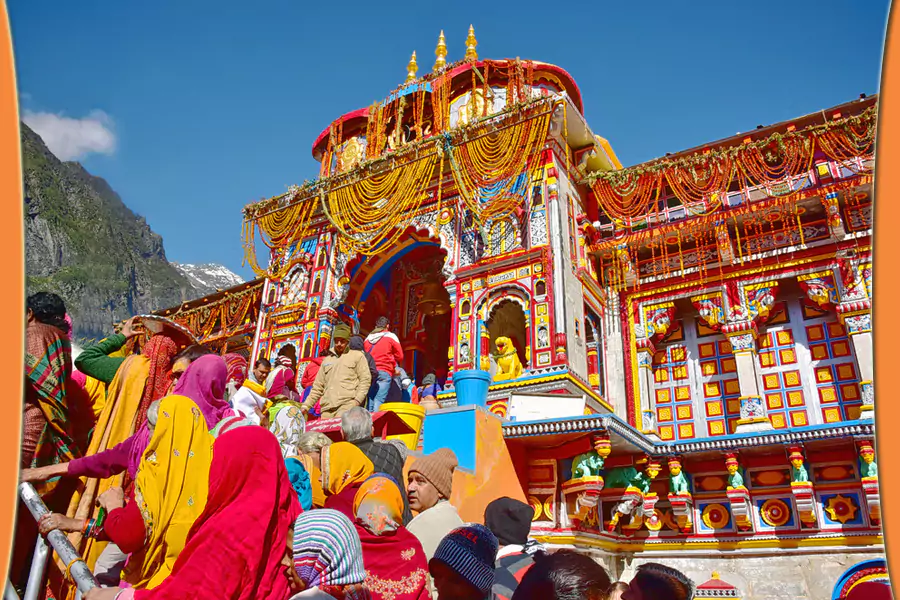
Best Time to Visit Badrinath: Your Complete Seasonal Guide
Nestled in the majestic Himalayas, Badrinath is a revered pilgrimage destination and a traveler’s paradise. Whether you’re seeking spiritual solace or natural beauty, knowing the best time to visit Badrinath is crucial for a seamless experience. This article will guide you through the seasons, ensuring you pick the perfect time for your journey.
Why Is Timing Important for Visiting Badrinath?
Choosing the right time to visit Badrinath ensures:
- Comfortable weather conditions.
- Availability of accommodations and transport.
- The temple is open for darshan.
- Enhanced safety for travelers.
Temple Opening and Closing Dates
The Badrinath Temple typically opens in late April or early May and closes in November before the harsh winter sets in. The specific dates vary each year based on auspicious occasions, so it’s essential to check the current schedule before planning.
Best Time to Visit Badrinath
1. Summer Season (April to June)
- Weather: Pleasant and ideal for travel, with temperatures ranging from 10°C to 18°C.
- Highlights:
- The temple opens for darshan.
- Perfect for sightseeing and trekking.
- Green landscapes and blooming flowers.
- Why Visit Now? If you’re seeking comfortable weather and vibrant surroundings, summer is the best time.
If you’re planning a summer pilgrimage, consider booking a Chardham package to visit Badrinath along with the other holy Dhams.
2. Monsoon Season (July to September)
- Weather: Heavy rainfall, temperatures between 12°C and 18°C.
- Highlights:
- Lush greenery and roaring waterfalls.
- Fewer crowds compared to summer.
- Challenges:
- Risk of landslides and roadblocks.
- Limited accessibility to some areas.
- Pro Tip: If traveling during this period, plan meticulously and stay updated on weather forecasts.
3. Autumn (October to Early November)
- Weather: Crisp and cool, with temperatures ranging from 5°C to 15°C.
- Highlights:
- Clear skies offering stunning views of snow-capped peaks.
- Reduced crowds after the monsoon.
- Perfect for photography and spiritual experiences.
- Why Visit Now? Ideal for those who prefer serene surroundings and scenic beauty.
4. Winter (Late November to March)
- Weather: Extremely cold, with temperatures dropping to sub-zero levels.
- Temple Status: Closed for darshan as heavy snowfall blocks access.
- Alternative Options: Pilgrims can visit the temple deity at Joshimath during this time.
- Pro Tip: Visit during winter only if you’re equipped for extreme conditions and adventure.
Seasonal Activities in Badrinath
Summer Activities
- Attend the grand opening ceremony of the temple.
- Explore nearby attractions like Mana Village and Vasudhara Falls.
Monsoon Activities
- Experience the tranquility of fewer tourists.
- Witness the vibrant Himalayan flora.
Autumn Activities
- Capture breathtaking views of the Nanda Devi and Narayan Parvat peaks.
- Enjoy peaceful temple visits with minimal rush.
Winter Activities
- Trekking enthusiasts can explore the snow-laden trails.
- Attend local festivals in the nearby Joshimath region.
Tips for Planning Your Badrinath Visit
- Check Temple Opening Dates: Always confirm the latest opening and closing dates.
- Pack Smartly: Carry warm clothing even during summer as temperatures can drop significantly at night.
- Health Preparedness: If you’re not accustomed to high altitudes, keep medications for altitude sickness handy.
- Book in Advance: Accommodation and transport fill up quickly, especially in peak seasons.
How to Reach Badrinath
- By Air: Jolly Grant Airport in Dehradun is the nearest airport (315 km).
- By Train: Rishikesh Railway Station is the closest railhead (292 km).
- By Road: Buses and taxis from Haridwar, Rishikesh, and Dehradun connect travelers to Badrinath.
Why Choose the Best Time to Visit?
Visiting Badrinath during the right season enhances your journey, ensuring comfortable weather, safety, and an unforgettable experience. Whether you’re seeking spiritual upliftment or a Himalayan adventure, timing is key to making the most of your trip.
Conclusion
The best time to visit Badrinath depends on your preferences. Summer offers pleasant weather, autumn provides scenic tranquility, and even monsoon has its charm for nature lovers. Plan wisely, and your visit to this holy town will be nothing short of magical.
FAQs
1. What is the best time to visit Badrinath temple?
The best time is between April and June and October to early November for comfortable weather and open temple access.
2. Can I visit Badrinath during the monsoon?
Yes, but expect heavy rainfall, and plan carefully due to potential landslides.
3. Is it safe to travel to Badrinath in winter?
No, the temple is closed during winter, and access is restricted due to snow.
4. How crowded is Badrinath in peak season?
During summer, especially in May and June, the temple sees large crowds. Booking in advance is advisable.
5. What should I pack for a Badrinath trip?
Carry warm clothing, sturdy footwear, rain gear (for monsoon), and altitude sickness medication.



